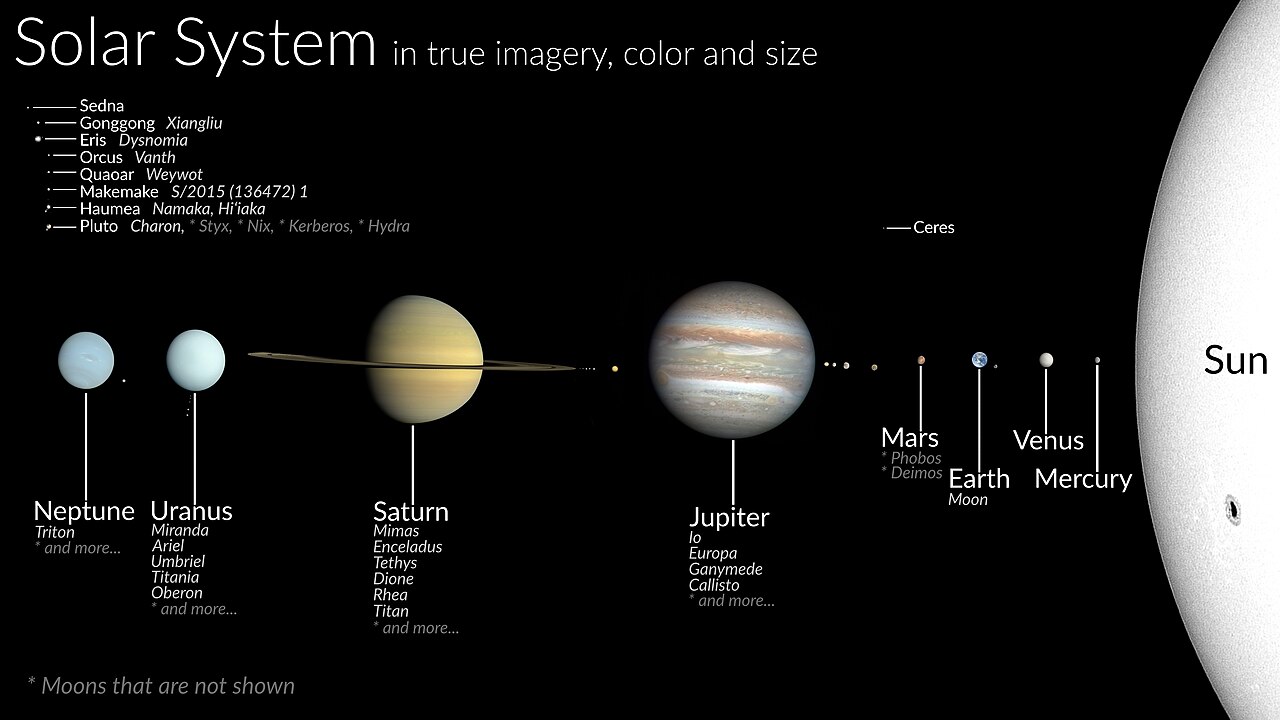Space myths travel fast because movies look cool and science terms feel tough. The solar system is stranger and smarter than those quick takes. From the real hottest planet to why the Moon has no permanent dark side, facts beat guesses every time. Knowing what is true helps with schoolwork and makes sky watching more fun. Here are ten common myths you might hear and the simple truth behind each one, explained clearly for teens across the United States.
1. The Sun is a giant ball of fire
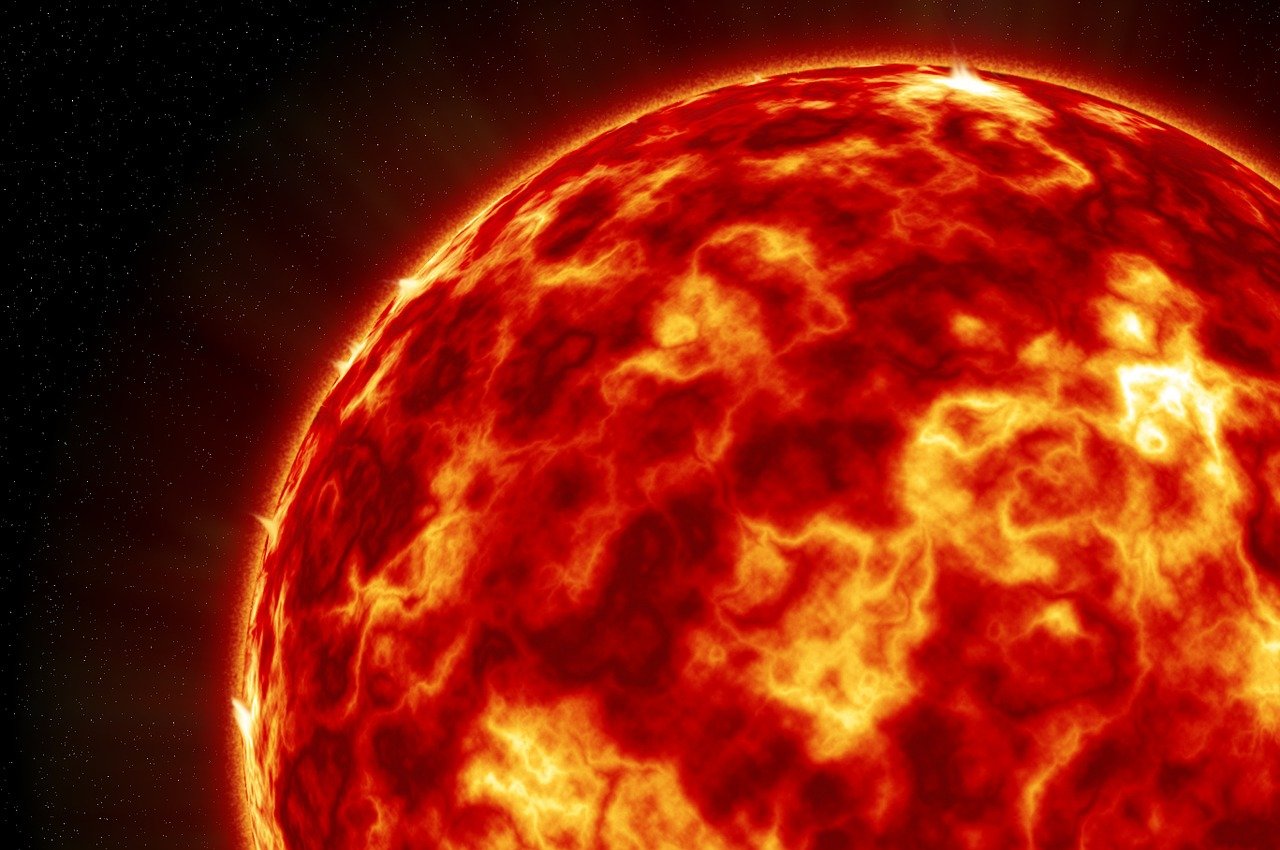
Fire needs oxygen, and space has almost none. The Sun shines because of nuclear fusion, not flames. Deep in its core, crushing pressure makes hydrogen join into helium and release huge energy. That energy moves outward and becomes heat and light. The outer layers are hot plasma, which is gas so energized that atoms are stripped. Think of the Sun as a massive fusion reactor powered by gravity. No wood, no sparks, only physics turning mass into light we see from Earth.
2. Mercury is the hottest planet
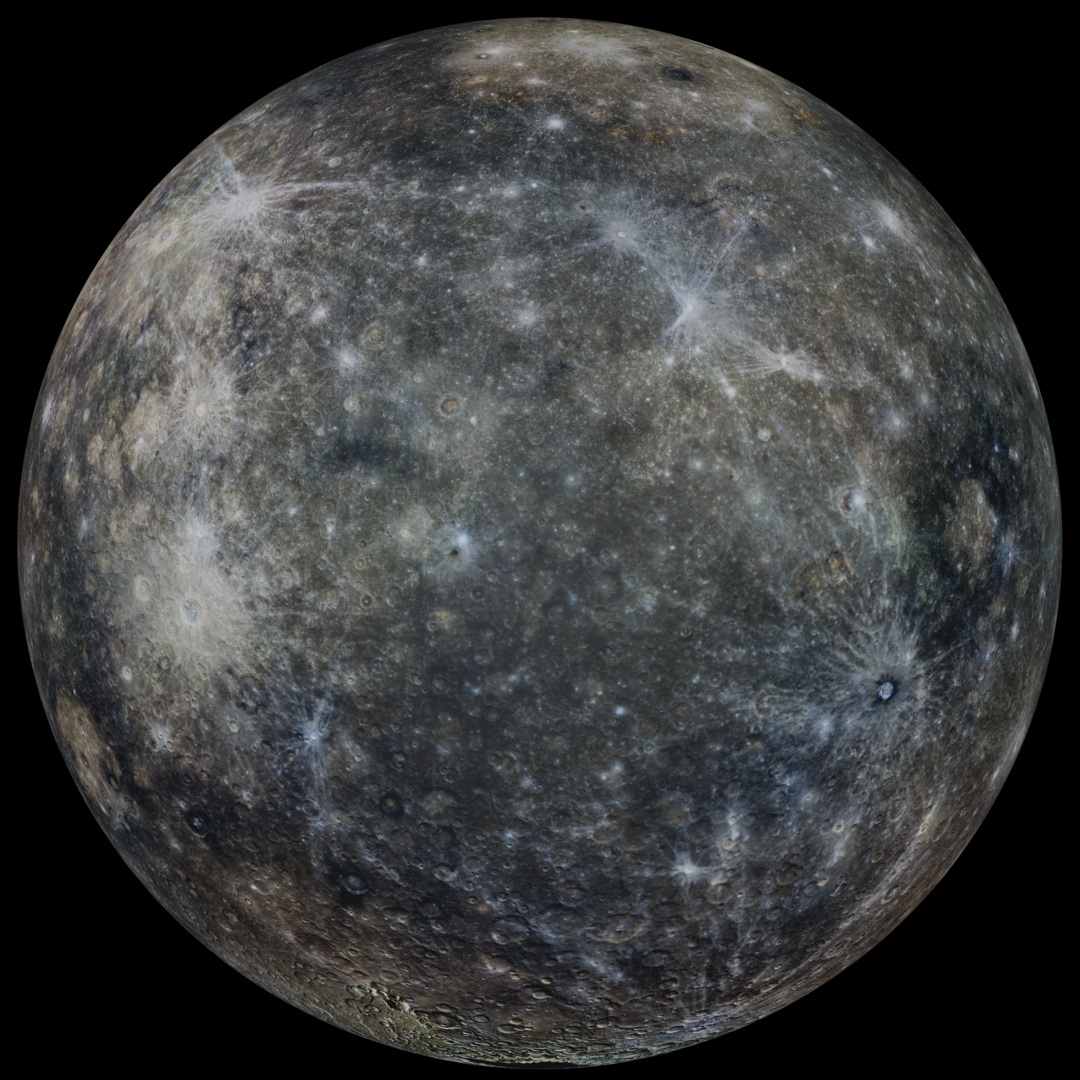
Mercury sits closest to the Sun, yet Venus wins the heat contest. Venus wears a dense cloak of carbon dioxide that traps heat extremely well. Sunlight gets in, but warmth cannot easily escape. The surface becomes hot enough to melt lead and it stays that way day and night. Mercury has almost no air, so heat escapes quickly when the Sun sets. The result is wild temperature swings. On Venus the thick atmosphere drives a permanent oven, which makes it the true hottest world.
3. Pluto is still a full planet like the others
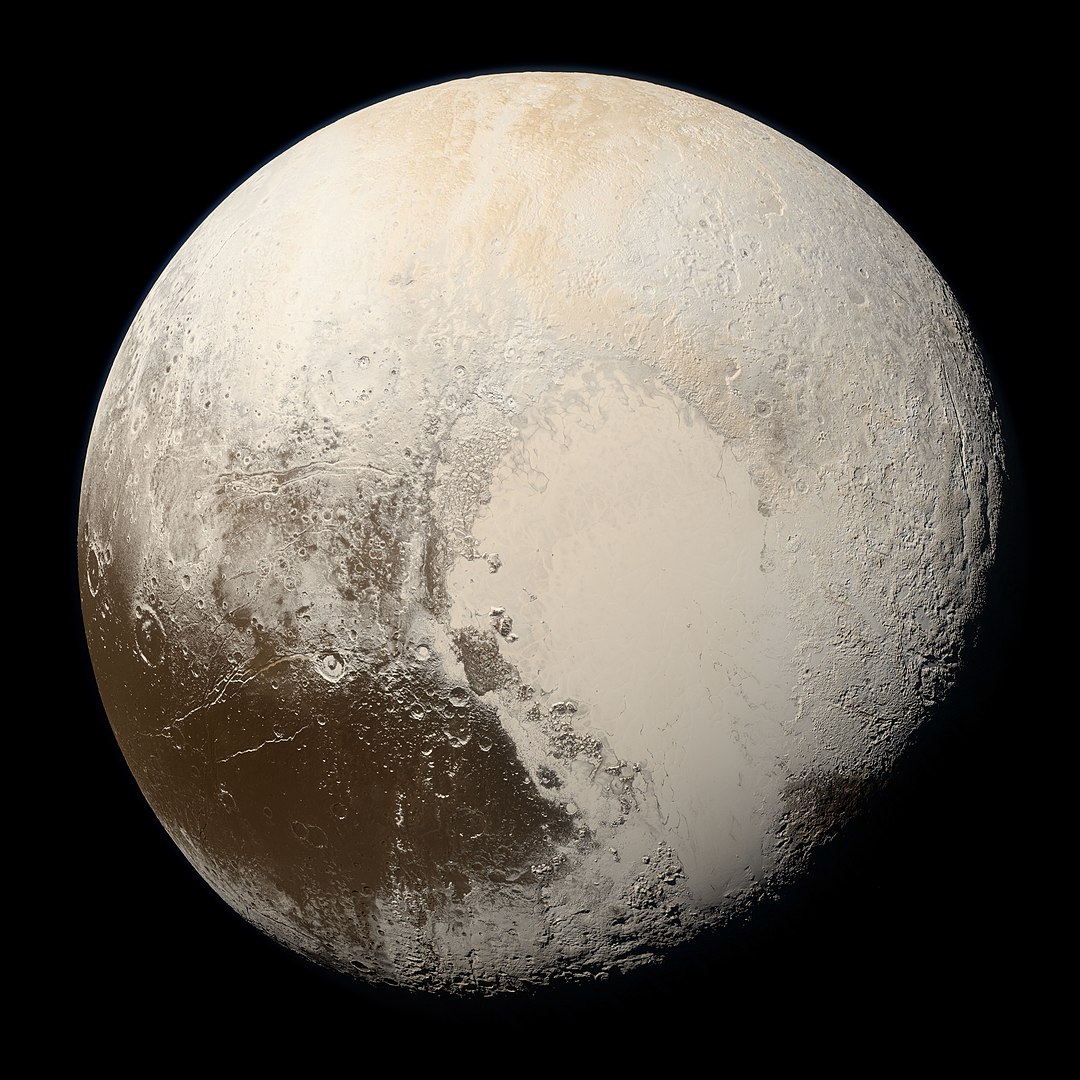
Pluto is a fascinating world, but it is classified as a dwarf planet. It orbits in the Kuiper Belt with many icy neighbors and it does not clear its path the way big planets do. That rule helps scientists sort bodies by how they shape their region of space. Pluto has mountains of ice, a thin sky, and likely an underground ocean, which is amazing science. Calling it a dwarf planet does not shrink its wonder. It simply fits the shared category better.
4. The asteroid belt is packed like movie scenes
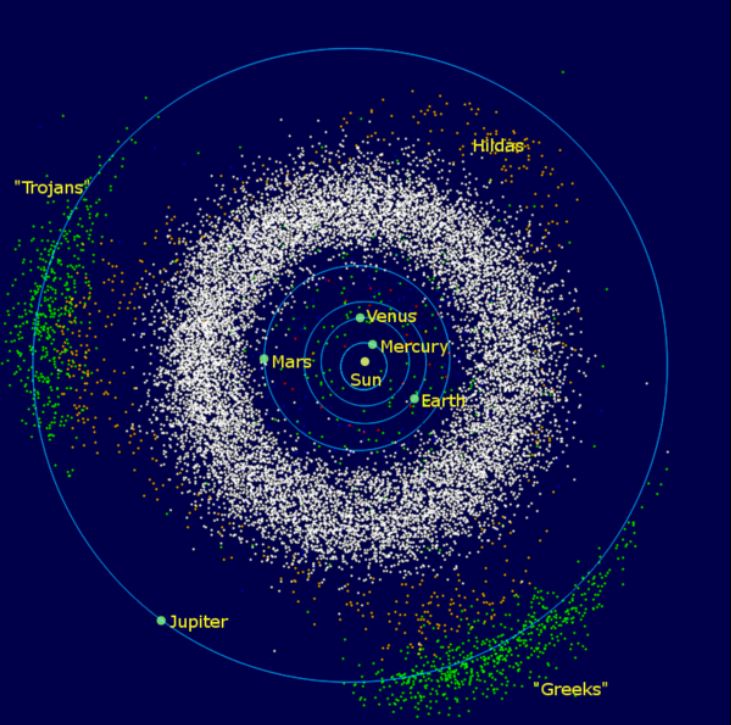
Films show ships dodging boulders every second. In reality, the asteroid belt is mostly empty space. Objects are far apart, often millions of miles. Spacecraft have crossed the belt many times without incident. Asteroids do bump and break over long ages, but collisions are rare on human timescales. Telescopes and probes must hunt to find targets. The belt is a quiet region dotted with rocky worlds, not a traffic jam. The drama looks great on screen, yet the real scene is wide and calm.
5. The Moon has a permanent dark side
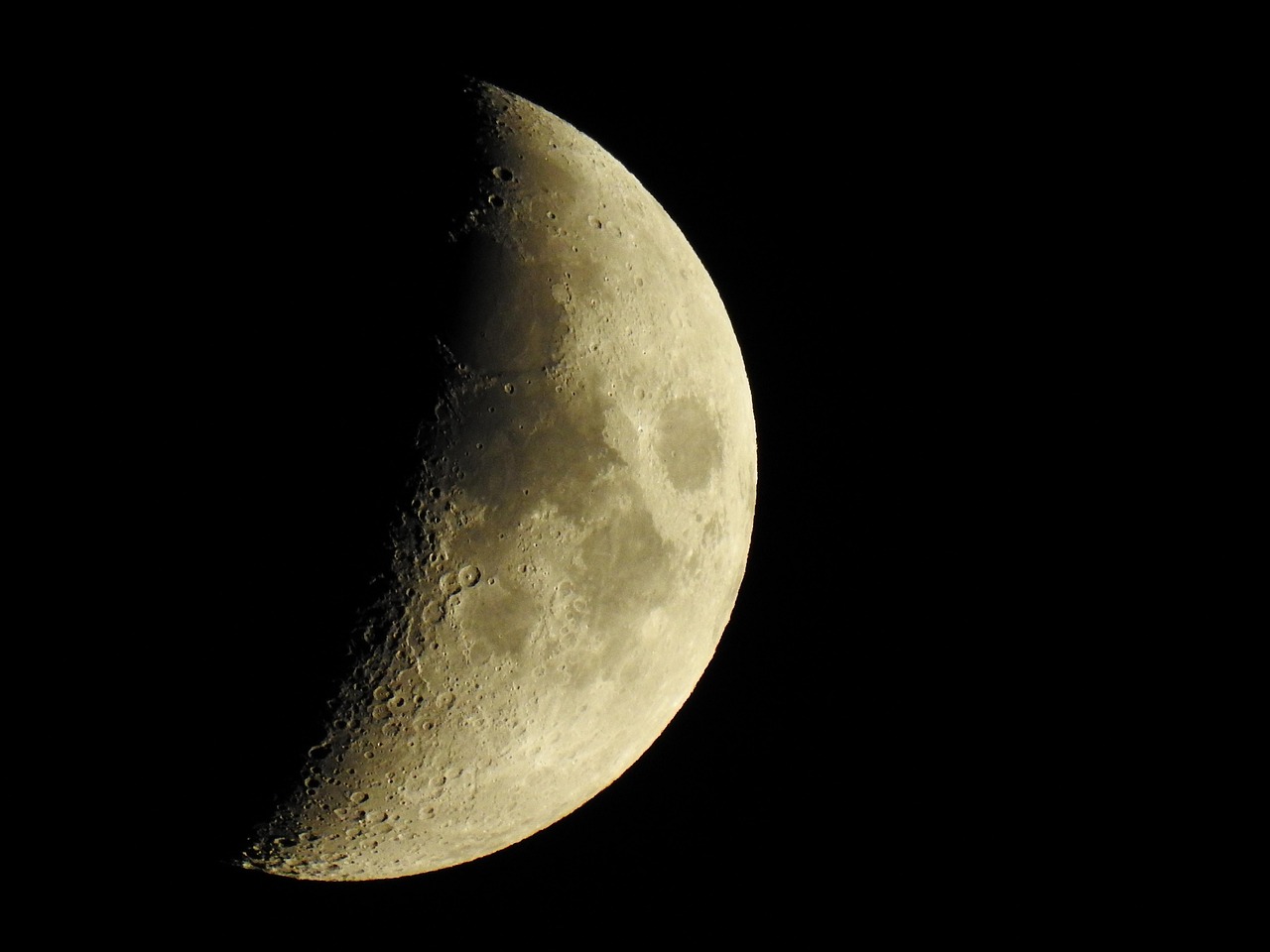
The Moon shows one face to Earth because it spins once each trip around us. That means near side and far side, not light side and dark side. Both halves get day and night as the Moon orbits and the Sun shines from different angles. When we have a full Moon, the far side is mostly night. When the Moon is new, the far side is mostly day. Dark side sounds cool, but it is a nickname that mixes people up. The far side simply faces away from Earth.
6. Space has zero gravity everywhere
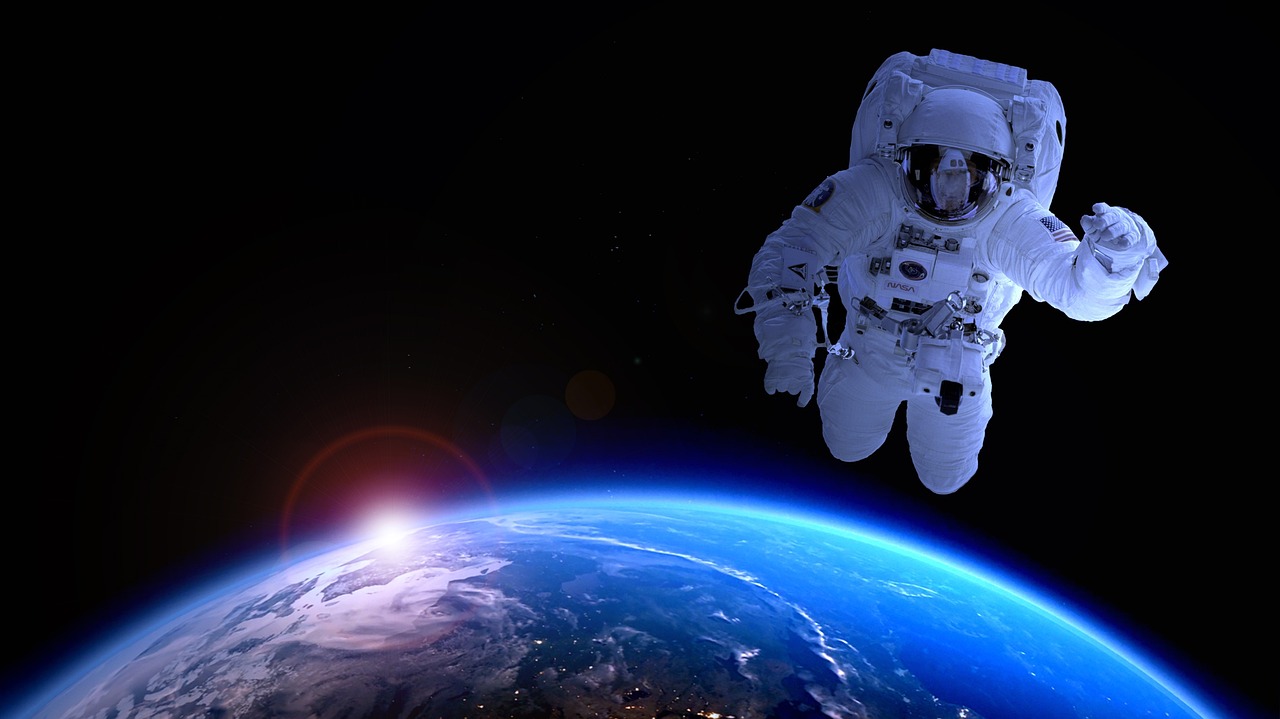
Gravity never turns off. Astronauts float because they are in free fall around Earth. The spacecraft and the people inside fall together at the same rate, which makes them feel weightless. Far from planets, gravity is weaker, yet it still bends paths and holds moons and comets in orbits. Even at the space station, Earth’s pull is almost as strong as it is on the ground. The trick is the sideways speed that keeps the craft falling forward. Microgravity is real, zero gravity is not.
7. Planet orbits are perfect circles on one flat track

Orbits are squashed circles called ellipses, and the planets do not share one exact plane. Each path is tilted a little. Moons have their own tilts, and many asteroids follow angles that rise well above or below the main disk. Paths also precess, which means they slowly shift direction over time. The solar system looks neat in posters, yet the real layout is a flexible dance of shapes and angles. Those small tilts and stretches help explain seasons, eclipses, and long term changes.
8. Jupiter is a failed star
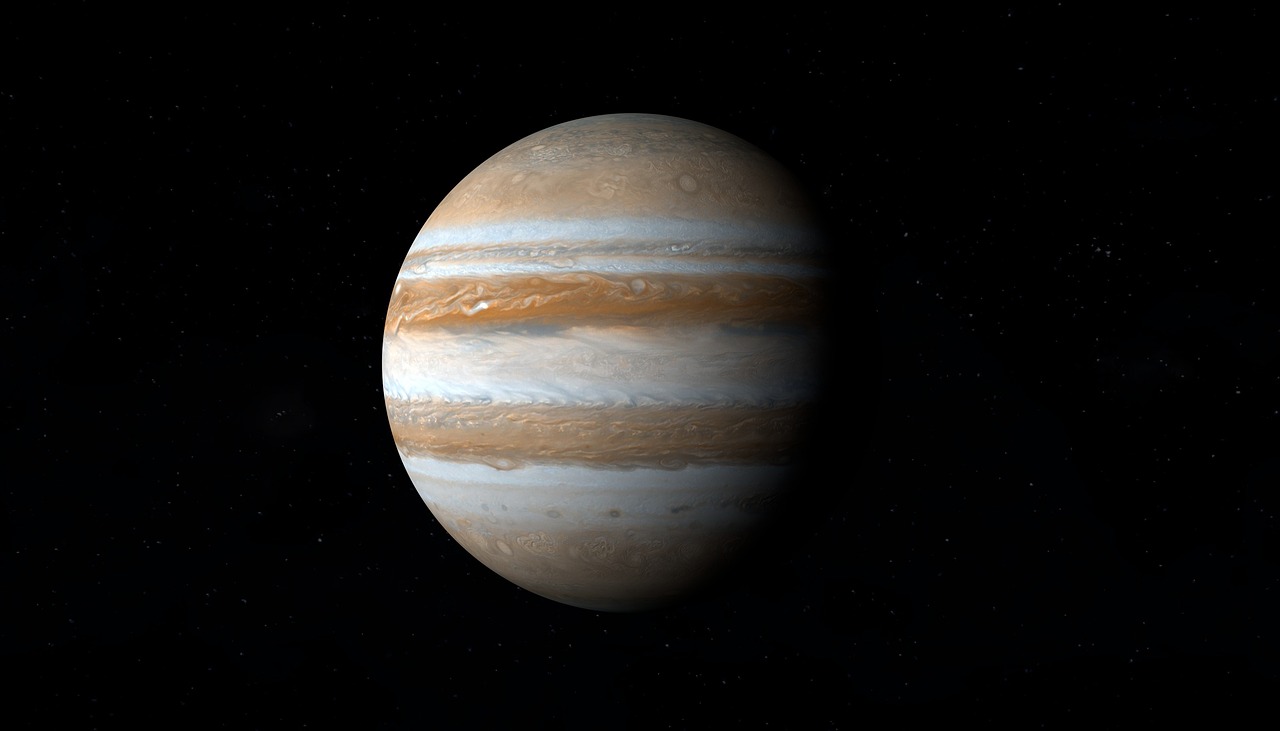
Jupiter is huge, but it is not close to lighting like a star. To fuse hydrogen, an object would need roughly eighty times Jupiter’s mass. Jupiter does emit more heat than it receives because it is slowly contracting, which warms it up inside. That glow can be measured, yet no fusion burns in its core. Astronomers call brown dwarfs failed stars, and even those are far heavier than Jupiter. Our biggest planet is a gas giant, not a star that almost made it.
9. The Sun sits at the center of the galaxy
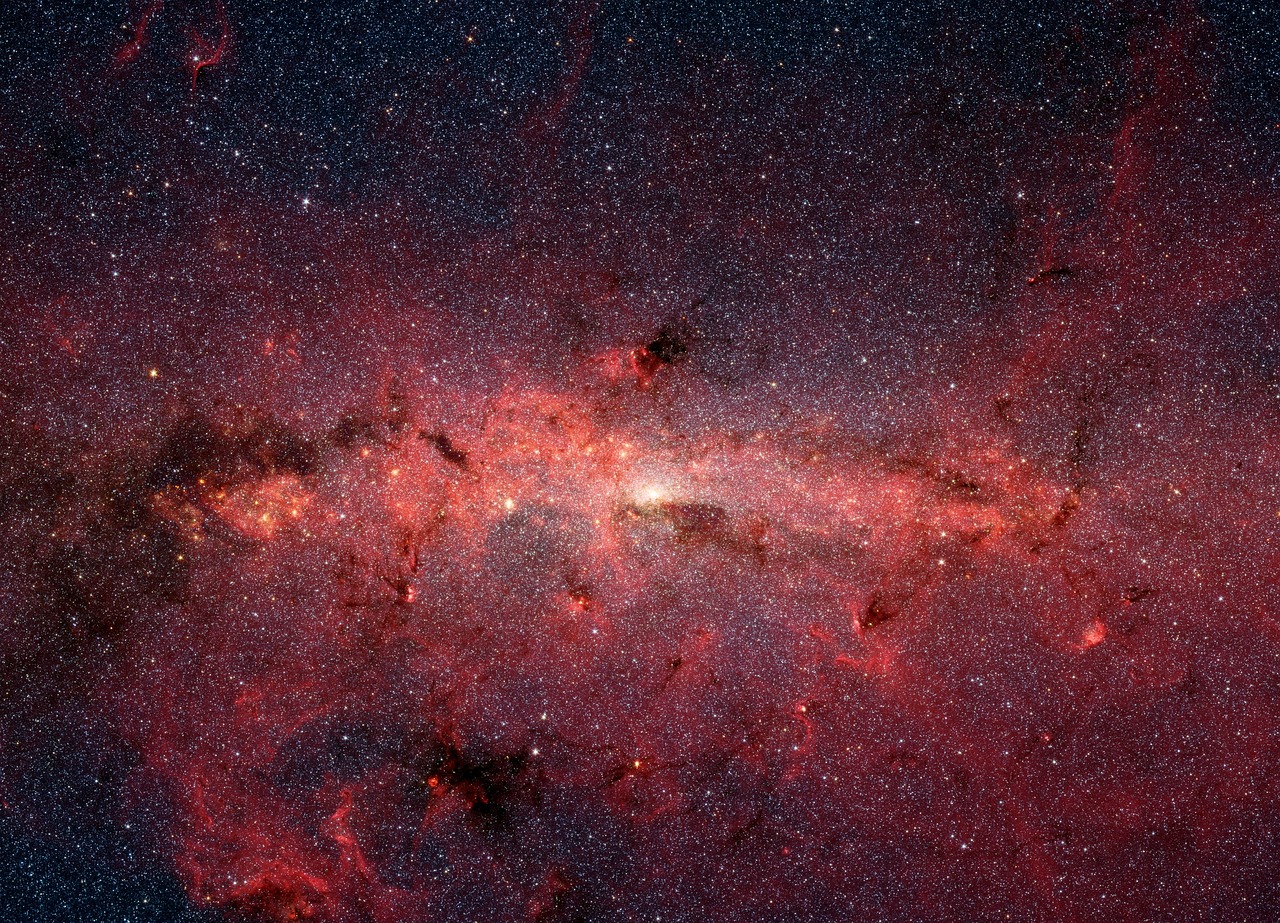
The Sun is not at the Milky Way’s center. It lives in a spiral arm called Orion and circles the galactic core about once every two hundred million years. We are roughly twenty six thousand light years from the center. That distance keeps us away from the crowded core, where stars are packed tight and radiation is intense. Our location offers a calmer neighborhood for planets and life. The Sun is central to our system, but only a typical star within the galaxy.
10. The Sun will explode as a supernova
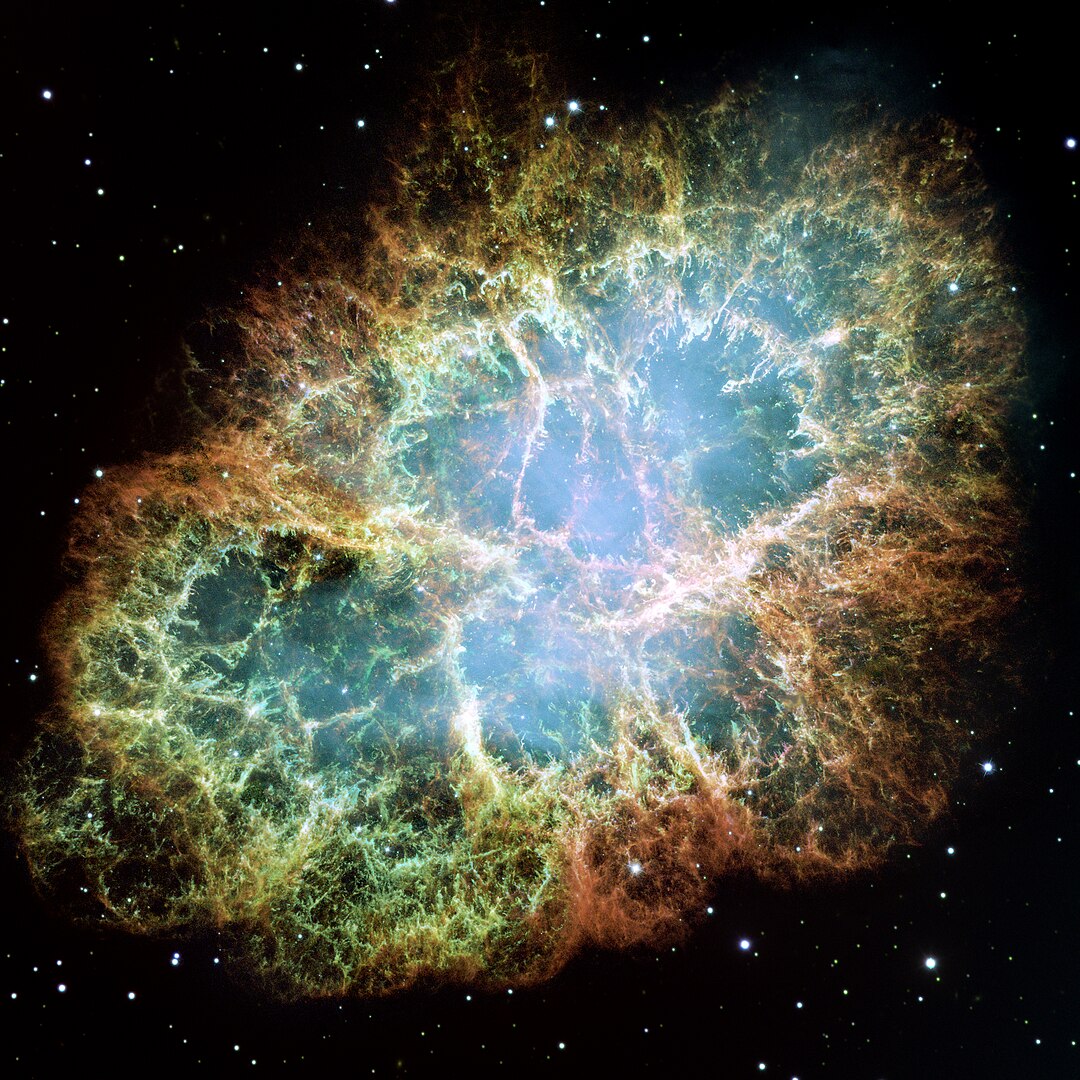
Supernovas belong to very massive stars. The Sun is not heavy enough for that kind of violent end. In several billion years it will swell into a red giant, lose its outer layers, and leave behind a hot white dwarf that slowly cools. The shed gas will glow as a beautiful nebula for a while, then fade. This quieter ending is normal for stars like ours. No blast, no collapsing core, just a long bright life followed by a gentle final act in space.
